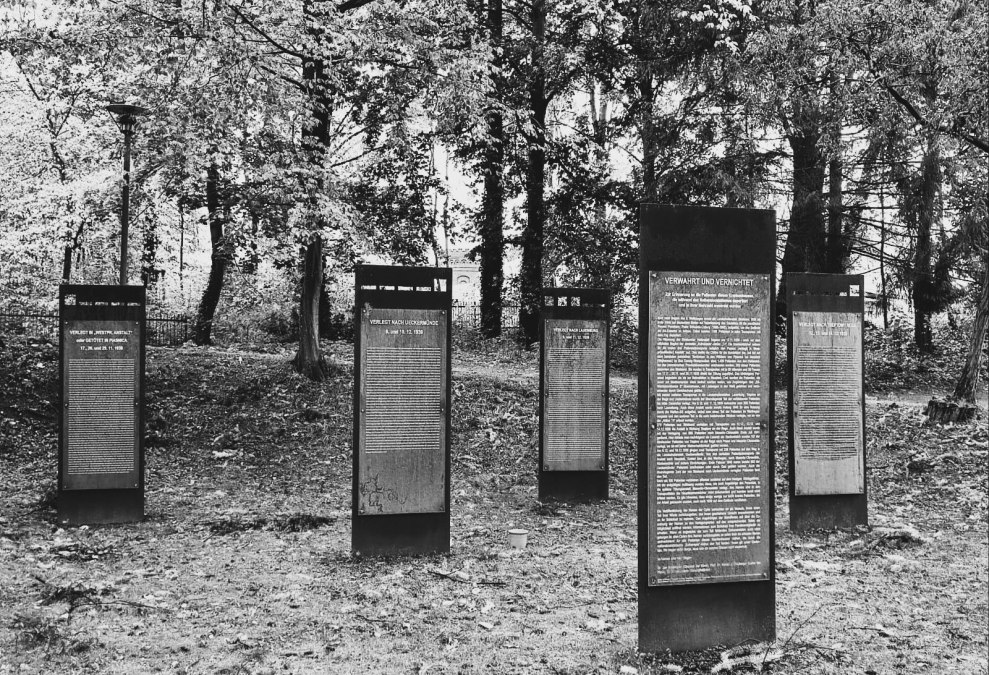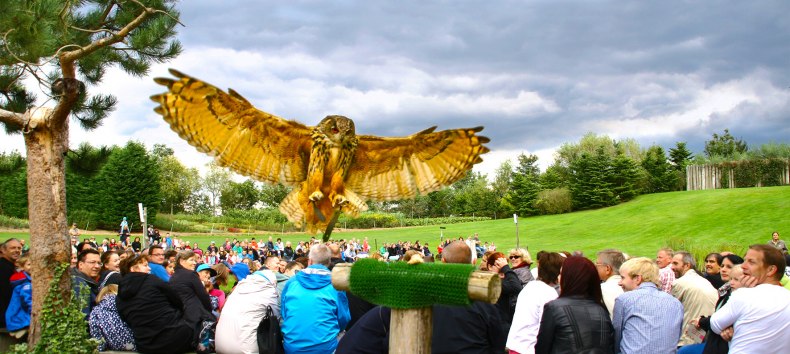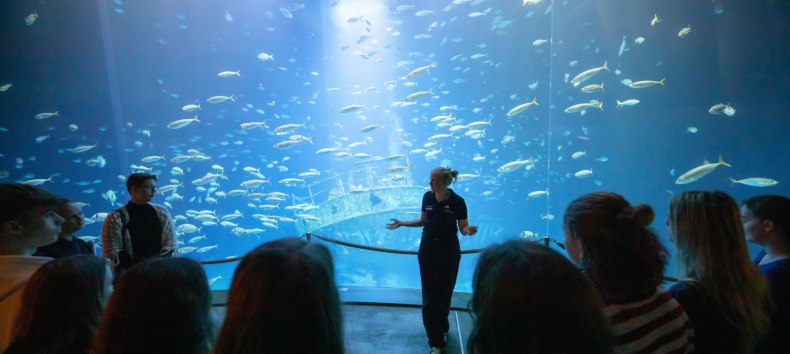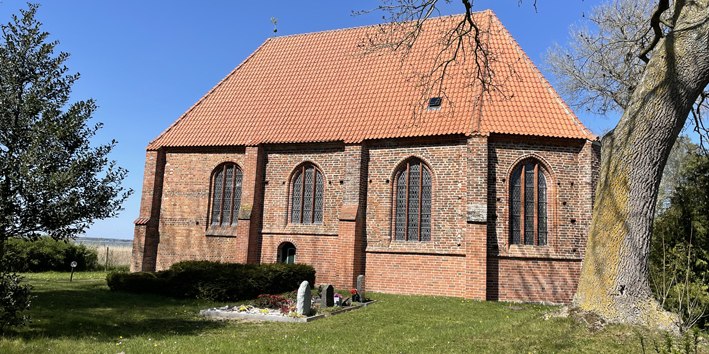Garden history tour with Dr. Angela Pfennig | Participation: 7 euros
In 1909, the 36th provincial parliament decided on the Stralsund site for the construction of another large sanatorium and nursing home for the province of Pomerania.
The site on Rostocker Chaussee, with its isolated location outside yet close to the city, its cultivable soil and good building ground, clean air and usable drinking water, met all the requirements for the construction of a sanatorium at that time.
The layout of the Stralsund asylum is reminiscent of baroque palace and town complexes. With all its garden spaces, a remarkably unconventional basic concept of a sanatorium was created, which had all the elements of a self-sufficient town in the countryside: Access roads, public ornamental squares, a promenade, a park, a cemetery, residential buildings in the character of a villa colony, public buildings of a town such as the administration building, the meeting house and the church as well as the necessary operational buildings.
In contrast to earlier methods of treating the mentally ill, work in the sanatorium took on a central therapeutic significance.
The darkest chapter in the history of the sanatorium began at the end of the 1930s with the systematic extermination of patients by the National Socialists. Various memorials on the grounds of today's Hanseklinikum are attempts to give the victims back some of their dignity and to acknowledge the injustice done to them.




